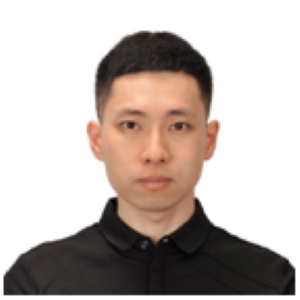Plenary Speakers OPTICSCONFEX2025
Plenary Speakers OPTICSCONFEX2025

Prof. Dieter Bimberg
H-Index-116Bimberg Chinese-German Center for Green Photonics
Germany

Prof. Caterina Ducati
H-Index-73University of Cambridge
UK

Prof. Oleg Angelsky
H-Index-61Chernivtsi National University
Ukraine

Prof. Ya-Hong Xie
H-Index-55University of California
US

Prof. Francisco Bulnes
Technological Institute of Higher Studies of ChalcoMexico




